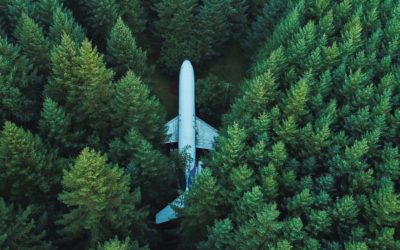The Cultural Life of Drones
What does it mean to think of drones as culture? If culture is the range of social practices through which we come to understand and engage in our shared world, then drone cultures might be the myriad ways in which drones are embedded into our everyday lives as well as our fantasies about what kinds of lives that drones make. The term drone itself refers to a very diverse range of systems, ranging from palm-sized quadrotors to enormous solar-powered aircraft that fly at 70,000 ft. for weeks at a time. Military drones such as those deployed by the United States and Israel in military campaigns, have extensive cultural lives: the local economies that support the laborers who manufacture them, their technologies and capital logistics of production, the development of methods for data interpretation such as artificial intelligence and algorithmic warfare, the civil militarization of the drone industry including the training and work of drone pilots, the international systems of capital and nation building which support their use, the social activist networks that oppose them, and the resistances and rights of targeted communities. The cultural infrastructures that underlie civilian use of drones are similarly diverse – including domestic and international privacy and airspace laws, applications for agricultural, scientific and humanitarian purposes, and the burgeoning aesthetic field of drone photography. Drones also trigger our cautions and fears about living under conditions of continual surveillance, a technological practice that carries with it a set of social and cultural practices that are deeply embedded in both our governmental structures and our ways of knowing – systems that are themselves imbued with histories of empire and state building.
In November, 2019, I opened an exhibition at the Conrad Grebel Gallery at the University of Waterloo, that explores the vocabularies and social practices associated with drones in the Kitchener-Waterloo region and aims to create dialogue about their use. Exhibition documentation can be found by scrolling down.
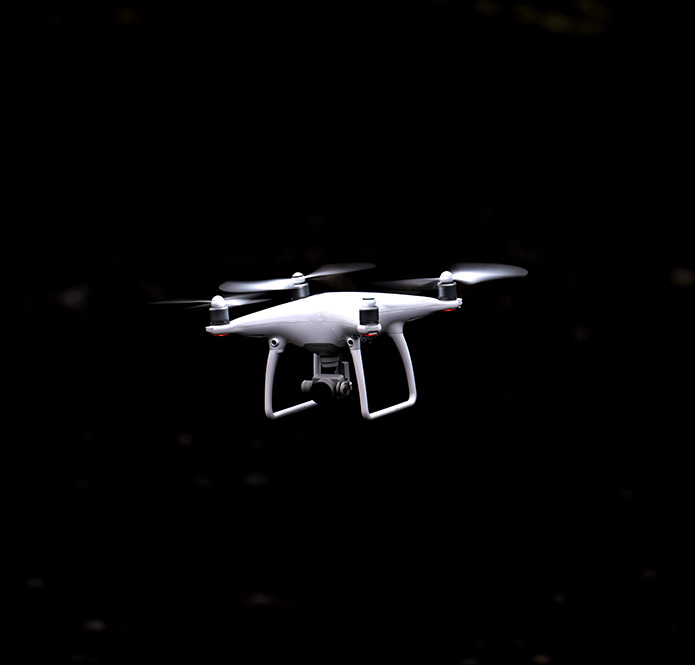
The Cultural Life of Drones explores how ideas about drone life have made their way into conversations regarding aesthetics, technology, privacy, civil militarization, surveillance, violence, ethics and ultimately, the question of our shared humanity. To think about drones as a culture as opposed to merely a thing, is to acknowledge that they gather meaning in relation to specific social practices, including the sovereign, the technological, the aesthetic, and the philosophical. By exploring the vocabularies and social practices associated with drone cultures, this project aims to understand the systemic structures and ways of knowing that support their production and use. Check out the blog roll below for current iterations and thoughts.
I am grateful to have discussed this work at the Trent University Cultural Studies Salon on February 25, 2021.
A version of this work – From the Flax King to the WESCAM MXTM-15: The cultural life of the contingency base – was presented as part of the panel Contingency Base Canada: War-Making Infrastructures and Military Grow-Ops. Social Justice and Community Studies Program, Saint Mary’s University, NS. January 25, 2022.
A book chapter on this project, “Drone Vision as Cultural Life”, will be published as part of the edited collection Creative Methods in Military Studies, forthcoming with Roman and Littlefield (2022).
The Cultural Life of Drones: KW Drone Dialogues
November 11, 2019 – April 17, 2020
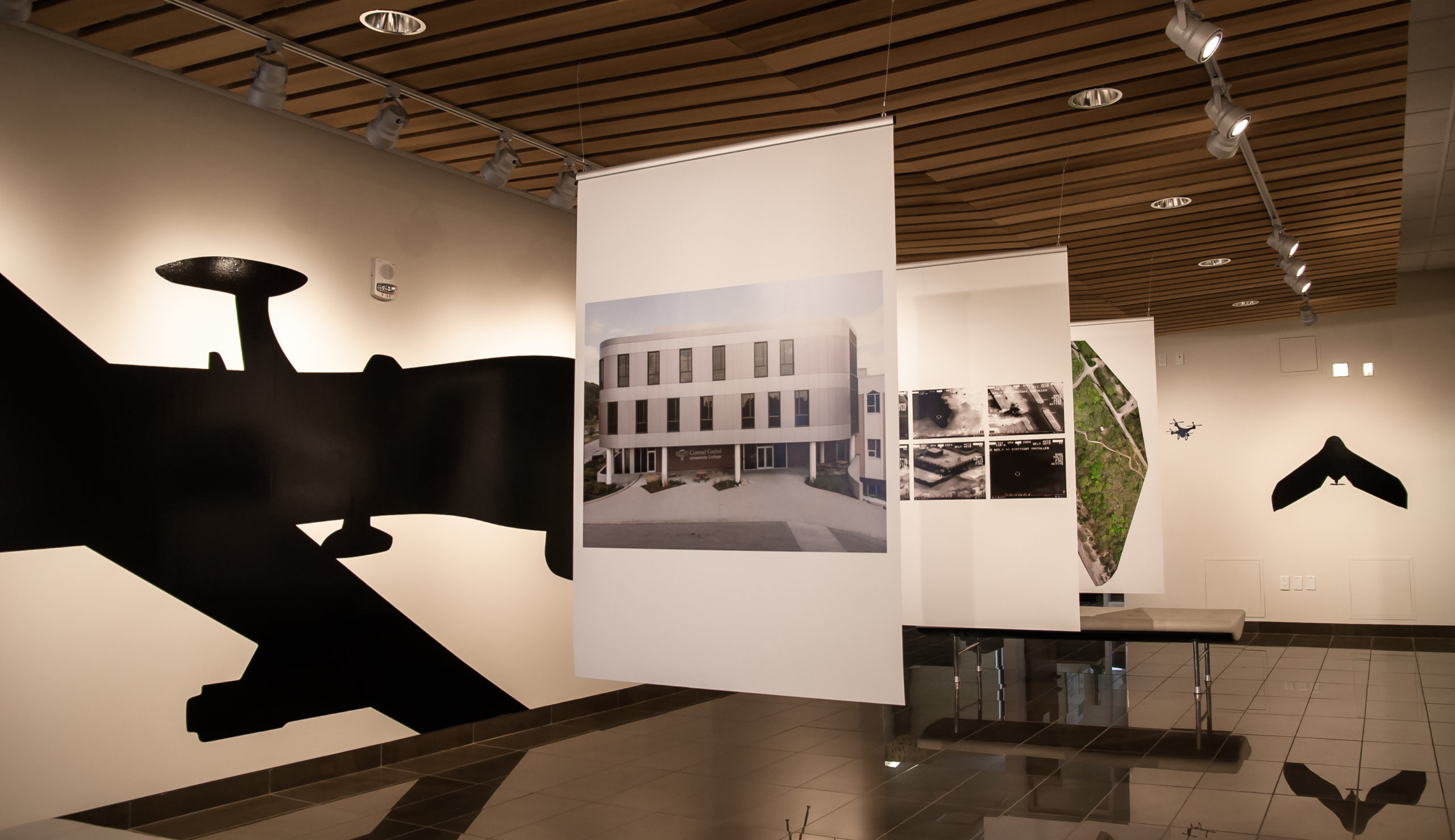
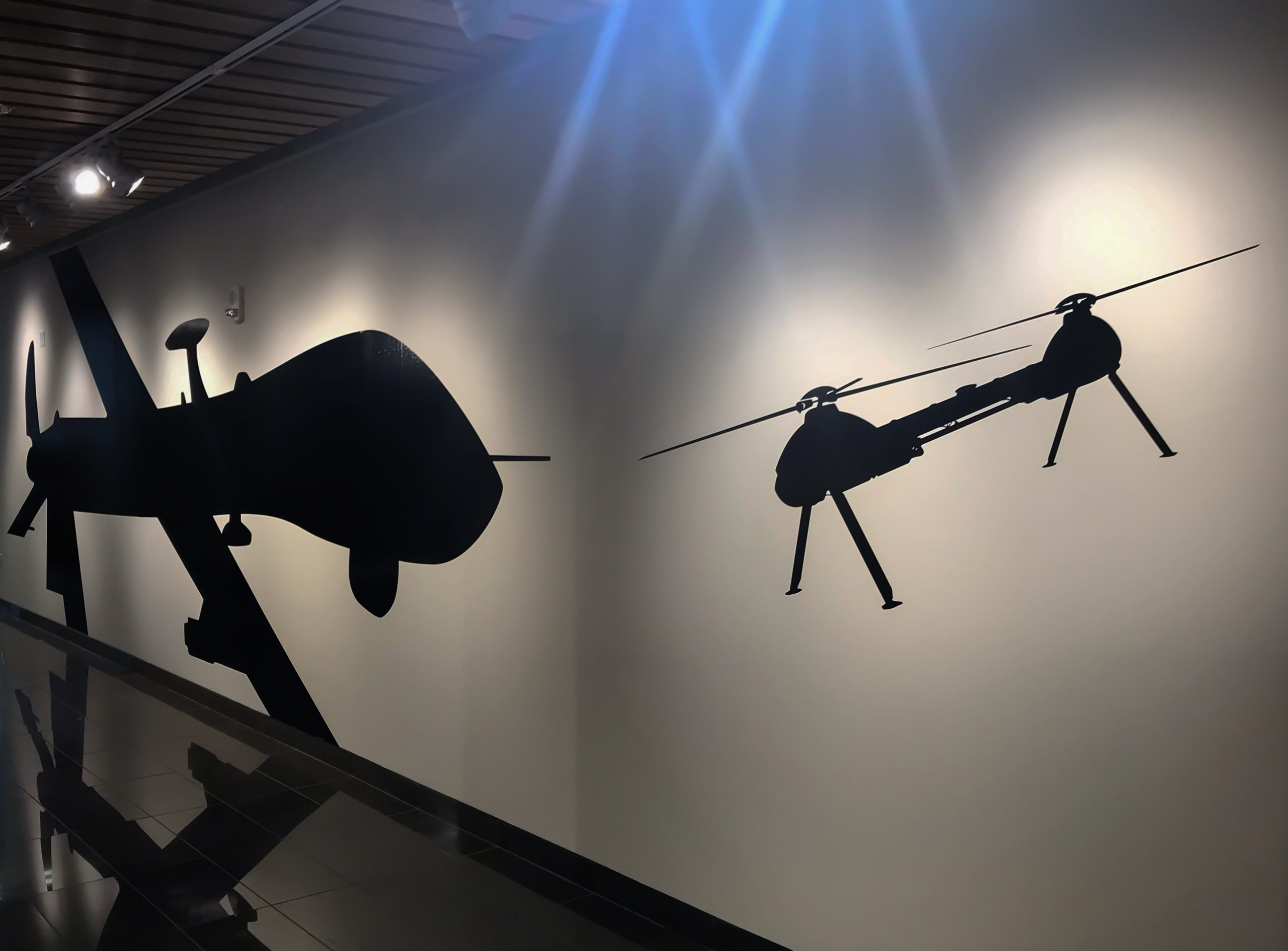
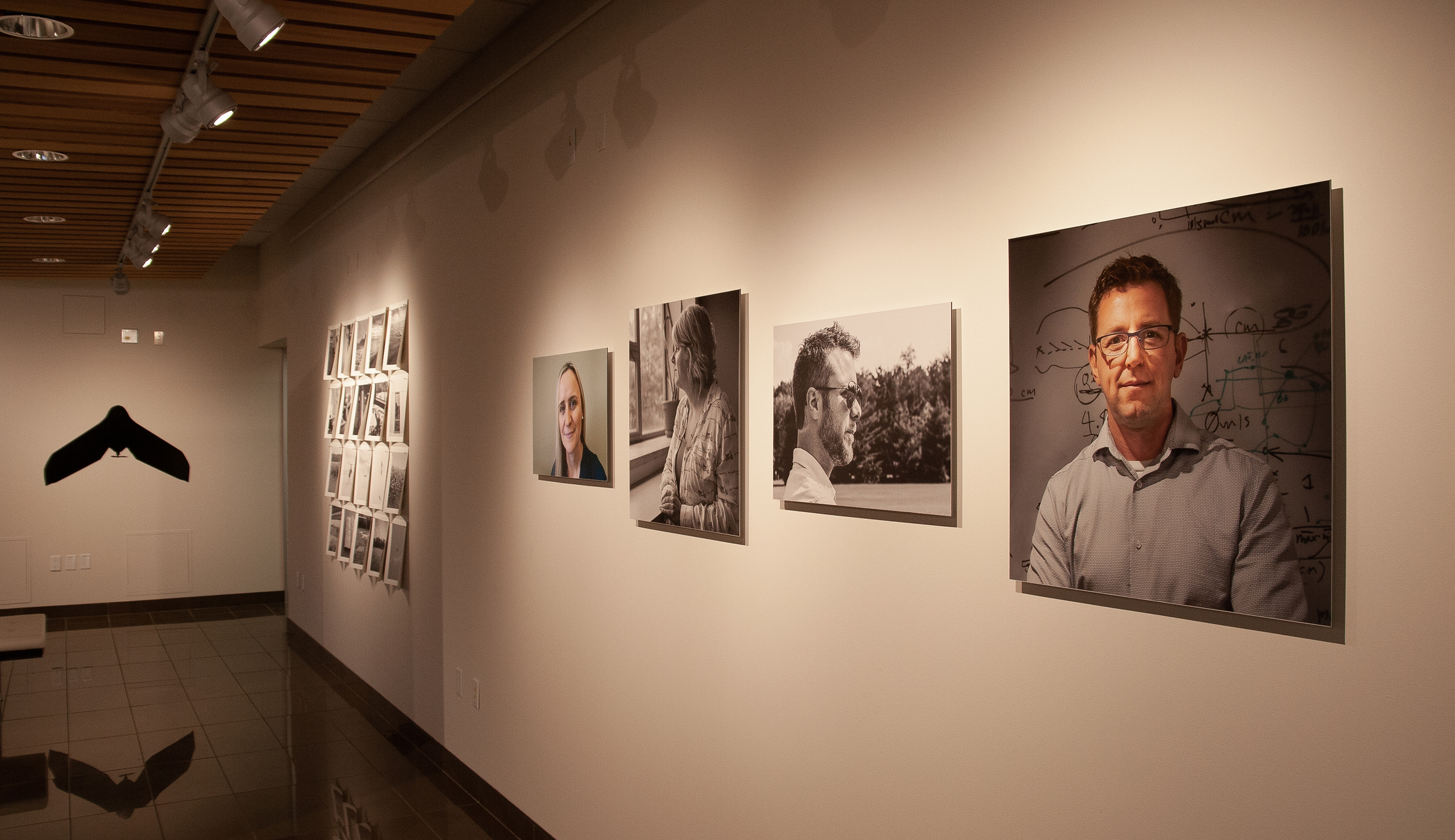
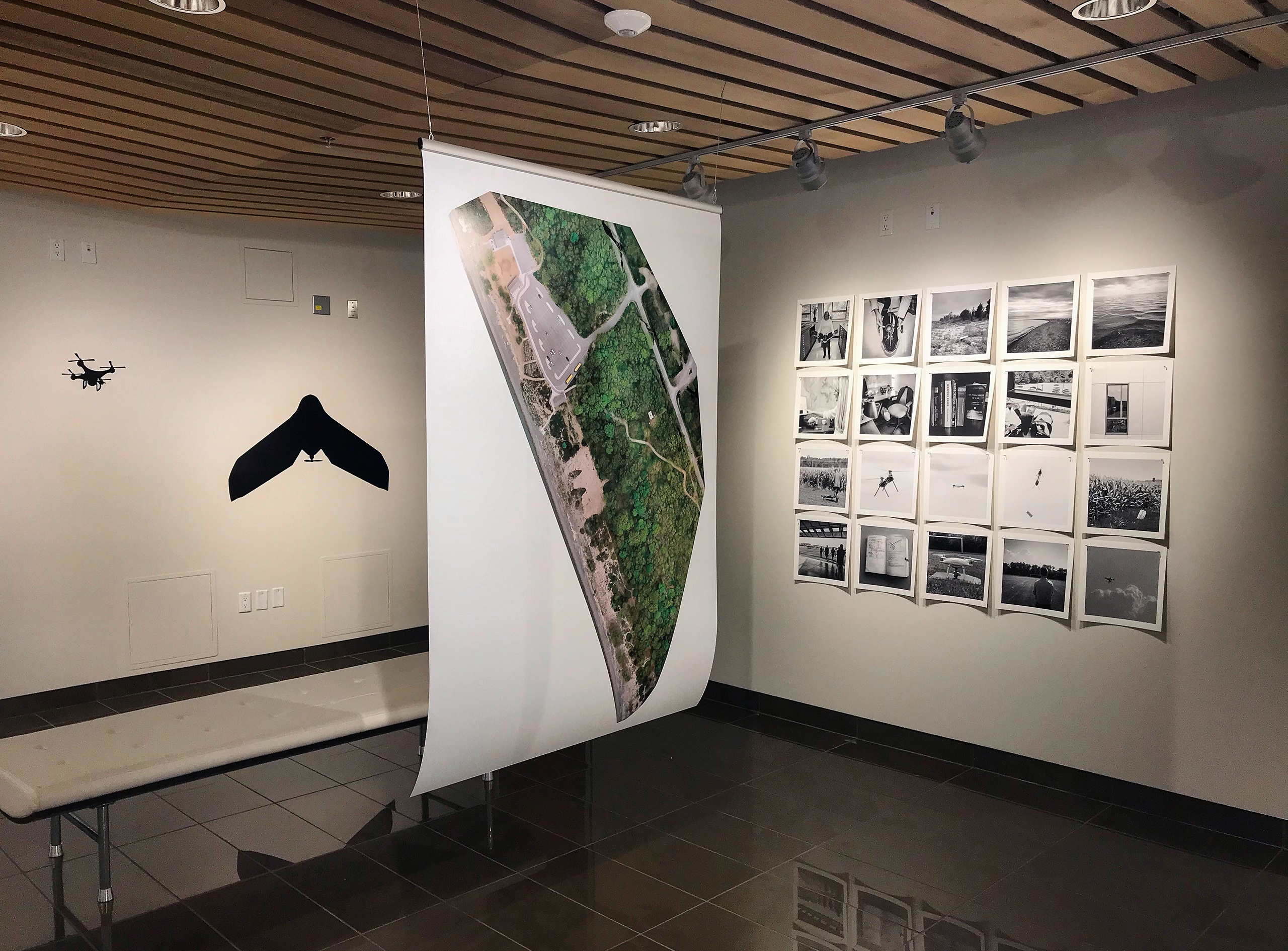
The Cultural Life of Drones
What does it mean to think of drones as culture? If culture is the range of social practices through which we come to understand and engage in our shared world, then drone cultures might be the myriad ways in which drones are embedded into our everyday...


